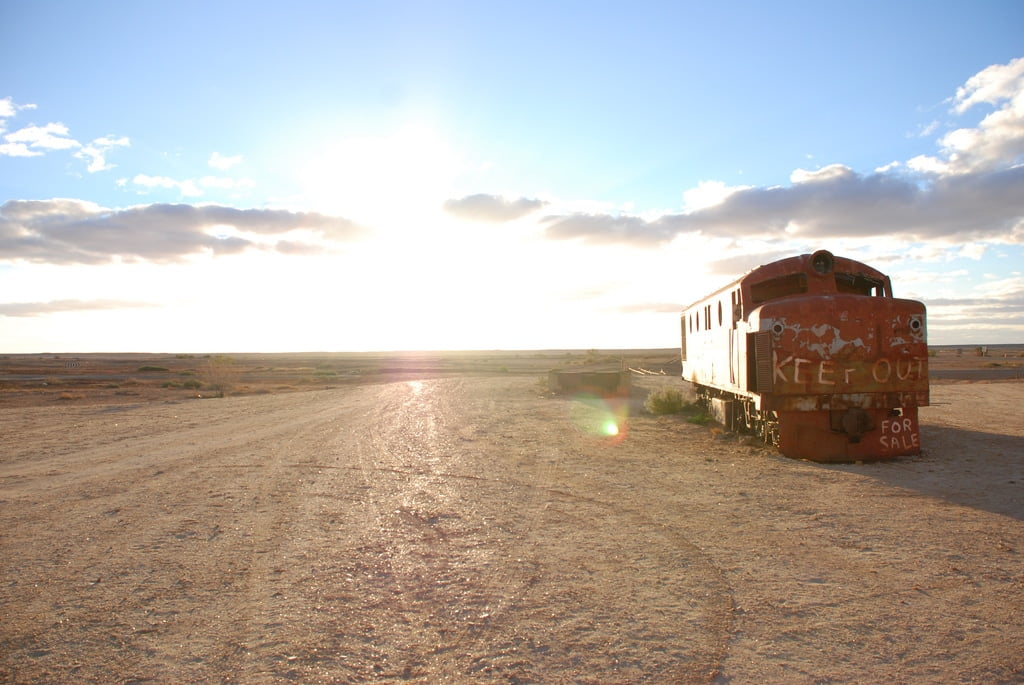The Springwater Corridor Trail is a rail trail in the Portland area. It starts out on the eastern waterfront, and follows the Willamette River south for about 4 miles before turning inland along Johnson Creek, through the towns of Milwaukie, Gresham, and finally terminating some 20 miles later in the unfortunately-named town of Boring.
I’m on this trail a fair amount these days due to something I signed up for a few months ago. Spending hours upon hours on this trail has given me plenty of time to think about the trail itself.

Table of Contents
A little history
In 1903, the Portland Traction Company opened a passenger line along this route. It was an interurban line, designed to connect a few different communities together (most of which are now considered suburbs of Portland, but one could argue that it was the train that effected this change). By all accounts it was quite popular.
And then the familiar story plays out. The post WWII boom in automobile ownership, the financial precariousness of passenger railroads, and changing tastes led to the decline and later abandonment of the railroad in 1958.
So the line stayed like a grade-separated pencil line across the southern edge of Portland for years. Eventually, the owners of the line agreed to sell it to some kind souls who wanted to preserve the right of way and turn it into a cycling/walking path, ripping out the tracks and replacing with a smooth macadam surface.
Today, the line is terrifically popular with both walkers and cyclists alike, and seems like a perfect complement to Portland’s ubiquitous active lifestyle. There can sometime be actual “traffic” on this path, forcing me to slow down and slalom my way around other people (and vice versa).
Seems like a win all around, right?
And yet, I feel slightly ambivalent about this, and other rail trails, of which there are many.
Trailing off
I recognize that tracks that don’t have trains running are serving no useful purpose. It makes sense to do something with them. As the width of a train tack is just about the width necessary for a walking/cycling path, the connection is already there.
Proponents of the rail trail would say that this is the art of the possible. After all, it is pretty much impossible to construct a similar trail through a major metropolitan area these days from scratch. Walkers/cyclists get access to a flat, grade-separated trail. Seems like a win all around.
And yet. Tracks are expensive. Ripping them all out means that, in all likelihood, they may never be put back in. And while I like the idea of getting around by bicycle, I feel that rail transportation has as much of a future now as it ever has before. Communities all around the country and world are building in rail systems, even in self-defeatingly anti-transit places like Phoenix. Attitudes and mode shifts are changing, and I think it’s for the better. So it’s not inconceivable that this right-of-way would see trains running on it again.
At least the right of way is being preserved, and isn’t being ripped out in favor of housing projects (or heaven forbid, a highway). For an example of just this, look at Staten Island.
Forgotten trains in the forgotten borough
While Staten Island now only has one train line, there used to be two others. The North Shore line extended from the St. George ferry terminal to the western edge of the island, while the South Beach branched off from the main line south of Clifton station. On the North Shore, the right-of-way remains to this day (though it’s overgrown), while the South Shore has been completely removed. If you look on Google Maps, you can just about see where the tracks split off, but the right-of-way has been overgrown with tract housing. Today, there are plans to revive the North Shore line, but there is no way that the South Shore line is ever coming back.
Maybe that’s fine. Commuting patterns change, and maybe these lines are anachronisms. But when you save the line, you have options. When you let it go away, it’s likely gone forever.
There is no wrong-of-way
So on balance, I am in favor of rail trails, for all the benefits they offer both now and in the future. I’m glad that I can enjoy these lines right now, at the very least. But if one day they announced plans to convert the line back to rail, only part of me would be sad.
But enough about me. What do you think of rail trails?
